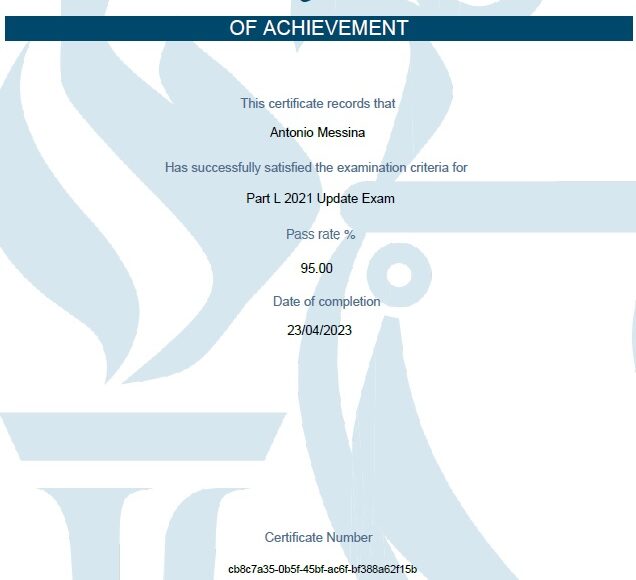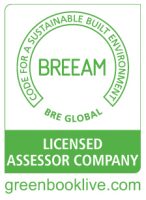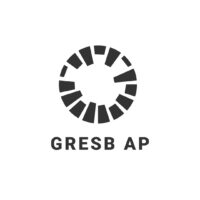
- April 24, 2023
UK Building Regulations Part L 2021
In line with ISO 17024, CIBSE-certified Low Carbon Consultants and Energy Assessors are required by their accreditation body to undergo a formal reassessment process to test their competence on a regular basis, especially when major changes take place in regulations and methodology.
These on-going exams reassure clients and the industry that certified Low Carbon Consultants not only were competent professionals when they first got accredited, but are still diligent experts, constantly up to speed with the latest standards and compliance technicalities.
On 15th June 2022 Approved Document Part L of the UK Building Regulations came into force in England, followed on 29th March 2023 by Wales while in Scotland the new Scottish standards were implemented on 1st December 2022.
The changes affect many other energy performance drivers, including:
- planning policy and conditions (e.g. GLA’s “London Plan“);
- energy performance certification (EPC);
- minimum energy efficiency standards;
- display energy certification;
- ISO 50001 EnMS;
- BREEAM In-Use, LEED and other environmental rating schemes where energy credits have the most significant impact on scoring;
- Energy Savings Opportunity Scheme (ESOS Regulations 2014) requiring mandatory site audits every 4 years for large enterprises;
- Industry targets, KPIs and benchmarks (e.g. LETI, PassivHaus, RIBA, SFDR, etc.).
This is the first major change to Part L (Conservation of fuel and power) since 2013, supporting Schedule 1 to the Building Regulations 2010 for both new and existing buildings and clearly the changes affect anyone who provides energy and carbon advice. As a reminder, its focus is the “regulated” end uses in treated spaces, i.e. heating, hot water, auxiliary (fans, pumps & controls), cooling and lighting. Other end uses are excluded, e.g. external lighting, ICT, ‘processes’, small power, transportation, etc.
Here’s a bullet point list of changes:
- Regulation 25B: “Where a building is erected, it must be a nearly zero-energy building”. Please note that this is different from the definition of “net-zero“.
- Consequential improvements which would apply when extending a building to be carried out to the extent that they are economically, technically and functionally feasible.
- “Economically feasible” typically refers to a simple payback of 15 years or less, defined as the amount of time it will take to recover the initial investment through energy savings, calculated by dividing the marginal additional cost of implementing an energy efficiency measure by the value of the annual energy savings achieved by that measure, taking no account of VAT. “Marginal additional cost” is just the additional cost (materials and labour) of incorporating, for example, additional insulation – not the whole cost of the work.
- Ambitious targets of 30% and 27% reduction in average CO2 emissions for dwellings and buildings respectively, relative to Part L 2013, are introduced. Hence carbon emissions are drastically reduced at design stage (very performing Notional Building to pass Part L compliance), although the grid electricity carbon factor is also dramatically reduced.
- Much more stringent minimum standards and controls package required. For all the details check out the following documents:
- New energy performance indicators are introduced, such as the Primary Energy Rate and the Target Fabric Energy Efficiency Rate (for dwellings only). Primary energy is defined as energy from renewable and non-renewable sources which has not undergone any conversion or transformation process.
- Use of primary energy rates (kWh/kWh) is introduced because, as grid decarbonises, just measuring emissions can mask poor energy performance.
- With regard to EPCs, the Asset Rating (AR) is still calculated as a non-dimensional figure: AR=50 x Building Emission Rating (BER)/Standard Emission Rating (SER). BER refers to the actual building emissions modelled through government-approved software while SER=0.765 x Reference Emission Rating of the benchmark building.













